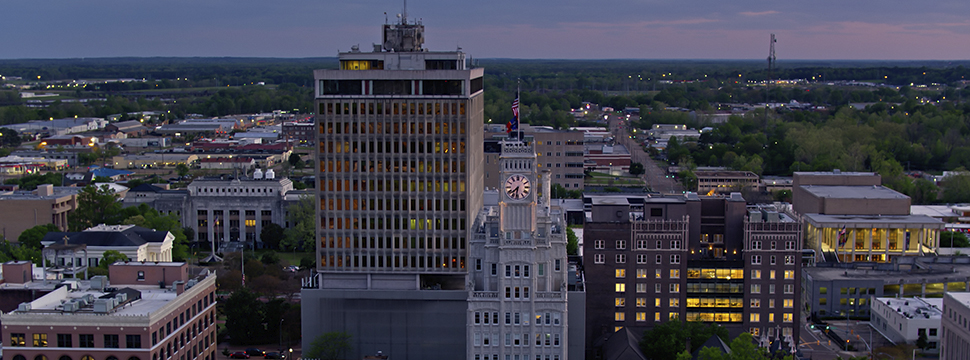Uncovering JAPA
Addressing Racial Harms Through Reparative Planning

How might planners deliver on urban justice and imagine more joyous futures? Planning is a racialized process and practice. The movement to repair the white supremacist harms that have been foundational to urban planning has gained momentum across cities across the U.S., drawing on a long history of movement building. Local reparations programs in about a dozen cities and ongoing grassroots efforts are working to repair relations damaged by injustice. The tradition of Black radical thought supports and expands such efforts.
Reparative Planning: Redistribution, Recognition, Transformation
What dimensions shape a reparative planning process? Reparations are often posited as one-time cash transfers but this distributive justice approach comes with limitations. In "The Past We Step Into and How We Repair It: A Normative Framework for Reparative Planning," (Journal of the American Planning Association, Vol. 89, No. 4), Rashad Williams and Justin Steil outline how redistribution, recognition, and structural transformation are necessary for reparative planning.
The authors first review normative planning theories of urban justice, political philosophy, and arguments for a reparative planning approach. The authors then draw on Black voices across history to build out key elements of reparative planning and apply these elements to three case studies — the City of Evanston, Illinois, as the first U.S. housing reparations plan; and the Black-led collective efforts of Cooperation Jackson and Boston Ujima Project.
Reparative Planning for Urban Justice
The authors articulate a framework that includes public recognition of white supremacist harms, material redistribution to address in part white supremacist economic exploitation, and steps toward spatial and social transformations in line with radical Black visions of equitable futures. Planners have a particularly instrumental role in delivering this last dimension. Social and spatial transformation include:
- Creating spaces for Black joy, advancing material redistribution;
- Recognizing systems of oppression and attending to intersectionality;
- Building democratic institutions with non-elites; and
- Constructing environmentally just futures.
This dynamic framework provides both theory and practice for all urban planners working toward urban justice. To ensure cities and urban planners do not repeat the same incremental approaches to repair, planners need a theory that embraces the dynamics of power and resistance, domination, and revolution developed through four centuries of Black radicalism. The case studies highlight reparative planning action at both the city and local scale.
While city and local efforts might have similar goals of addressing racial harm, they can conflict with each other. This is not necessarily a bad outcome; rather, reparations as a form of abolition require transforming existing planning paradigms to create a more healthy, vibrant, and joyous future.
Top image: Aerial view of downtown Jackson, Mississippi, at dusk. iStock/Getty Images Plus - halbergman


